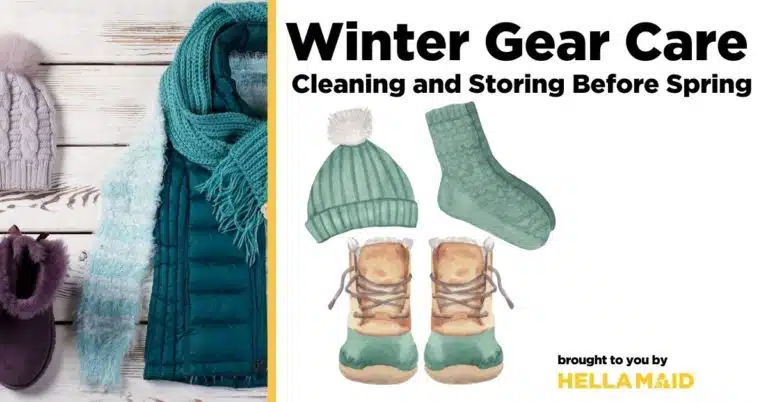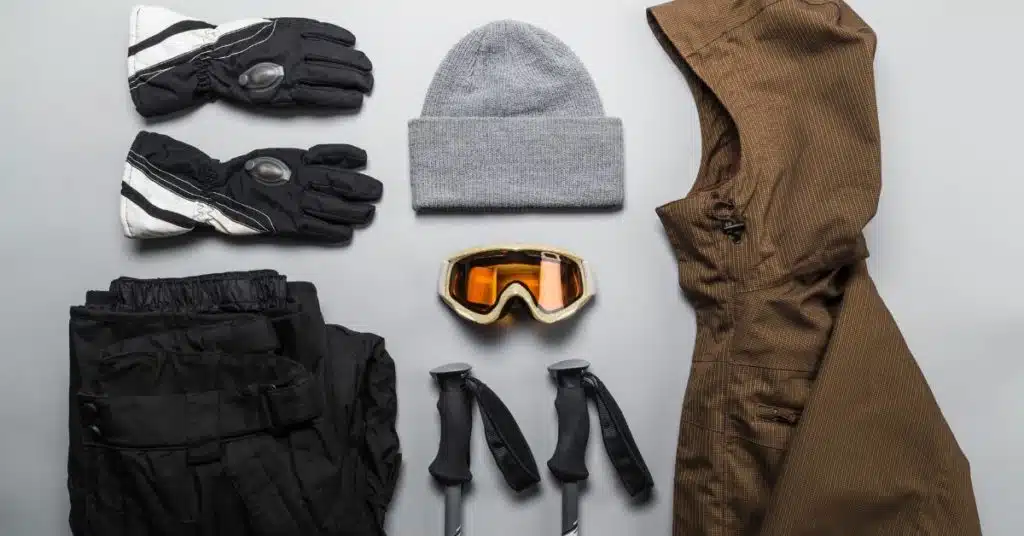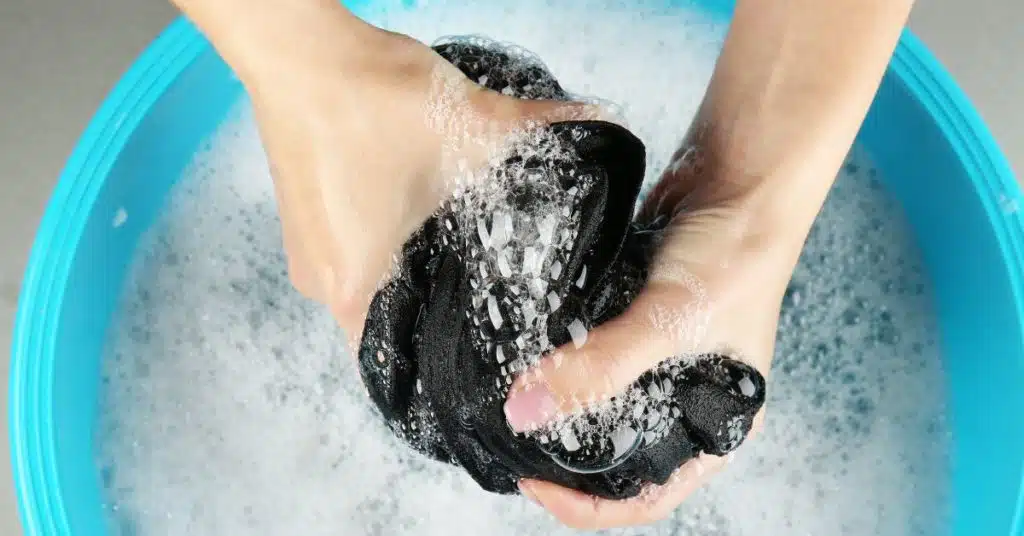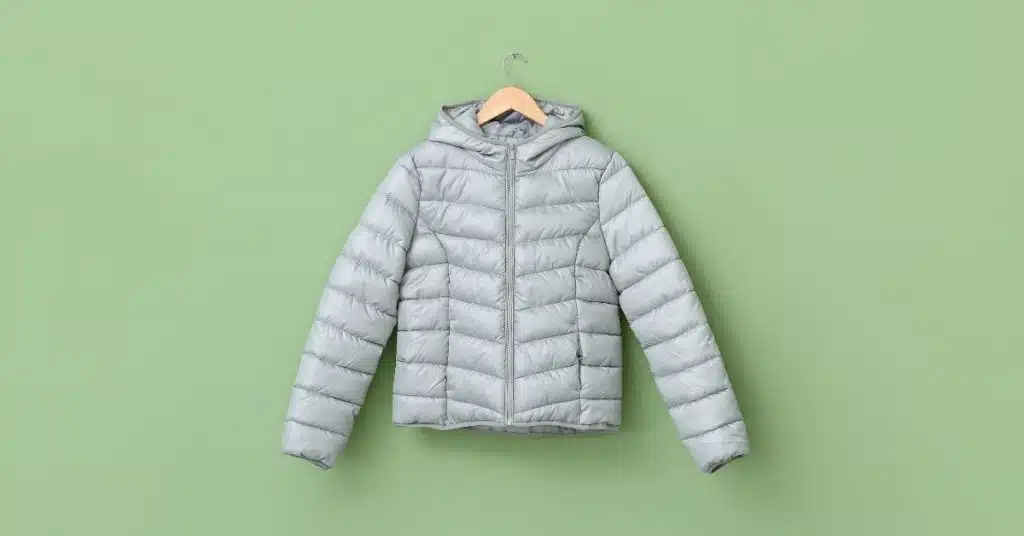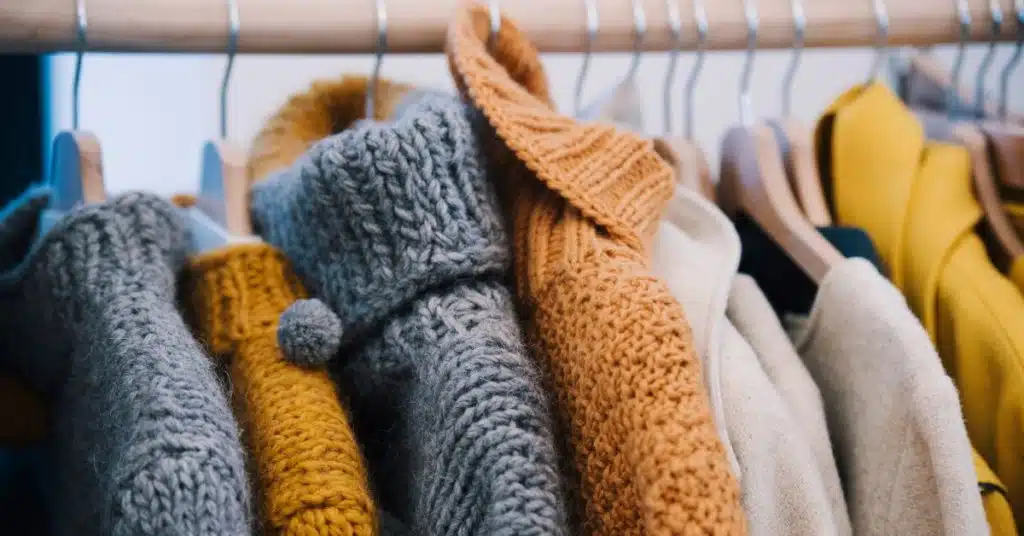Winter is a time for outdoor adventures, snow sports, and cozy nights by the fire. But as the temperature rises and spring approaches, it’s important to properly clean and store your winter gear to ensure it lasts for many more seasons. From jackets and pants to hats, gloves, and scarves, your winter gear takes a beating during the colder months, and proper care is essential for preserving its quality and longevity. This article will guide you through cleaning, drying, and storing your winter gear before spring arrives, ensuring that it’s in top condition for your next winter adventure. So, if you want to protect your investment and make the most of your winter gear, read on!
How to Clean Your Winter Gear Properly
Different types of winter gear and the best way to clean them
There are several types of winter gear, each with specific cleaning requirements. Here are some of the most common types of winter gear and how to clean them:
Jackets, Coats, and Snow Pants
Winter jackets and coats are often made of materials like down, synthetic insulation, or wool, while snow pants and bibs are typically made of waterproof and breathable materials like Gore-Tex or HyVent. To clean these items it is best to follow the care instructions on the label to clean these items. In most cases, machine washing with a mild detergent on a gentle cycle is the best option. Avoid fabric softeners, as they can clog the insulation and reduce effectiveness. Air dry the jacket or coat by laying it flat or hanging it up.
Gloves, Hats, and Scarves
Winter gloves and mittens can be made of leather, synthetic fabrics, or wool, while hats and scarves can be made of materials like wool, fleece, or acrylic. To clean these items, it’s best to hand wash them using a mild detergent. Soak the gloves or mittens in the solution for a few minutes and gently scrub any dirty areas. Rinse thoroughly with cold water and air dry by laying them flat.
Boots and Shoes
Winter boots and shoes are often made of leather, suede, or synthetic fabrics. To clean these items, it’s best to follow the care instructions on the label. Cleaning the boots or shoes with a damp cloth and a mild detergent is usually sufficient. Avoid exposing them to high heat or direct sunlight, which can cause the material to crack or fade.
Detergents and Cleaning Agents
Here is a list of detergents and cleaning agents that are safe and effective for cleaning winter gear:
Nikwax Tech Wash
This soap-based detergent is specifically designed to clean, waterproof and breathable gear. It removes dirt, grime, and oils from the material without affecting its performance.
Grangers Performance Wash
This mild detergent is designed for washing synthetic and natural fibers. It removes dirt and odors while leaving the fabric soft and fresh.
McNett ReviveX Synthetic Fabric Cleaner
This detergent is specifically designed for cleaning synthetic fabrics like Gore-Tex, HyVent, and others. It removes dirt, oils, and stains from the fabric while restoring its water-repellent finish.
Woolite Gentle Cycle
This mild detergent is designed for washing delicate fabrics like wool, cashmere, and others. It’s gentle on the material while effectively removing dirt and odors.
Pro-Kleen Sport Wash
This high-performance detergent is designed for cleaning sports and outdoor gear. It’s effective in removing dirt, grime, and oils from the fabric, while leaving it fresh and clean.
Machine washing vs. Hand washing
Machine washing
Pros:
- Convenient: Machine washing is quick and convenient, as you can load the winter gear into the washing machine and let it do the work.
- Thorough cleaning: The washing machine’s mechanical action can help remove dirt, grime, and oils from the winter gear more effectively than hand washing.
- Less labor-intensive: Machine washing requires less physical effort, making it a good option for people with limited mobility or large loads of winter gear.
Cons:
- Risk of damage: Winter gear can be easily damaged in the washing machine, especially if it’s made of delicate materials like down or wool.
- Less control over the cleaning process: With machine washing, you have less control over the cleaning process and may be unable to spot clean specific areas.
- Higher risk of shrinkage: Machine washing can cause winter gear to shrink, especially if it’s made of natural fibers like wool.
Machine washing is the best option for winter gear made of synthetic or durable materials and can handle the mechanical action of the washing machine. For example, synthetic jackets, snow pants, and gloves are fine for machine washing.
Hand washing
Pros:
- More gentle cleaning: Hand washing allows you to be more gentle with your winter gear, reducing the risk of damage or shrinkage.
- Better control over the cleaning process: When hand washing, you can spot-clean specific areas or pay more attention to areas that need extra cleaning.
- More environmentally friendly: Hand washing uses less water and detergent than machine washing, making it a more environmentally friendly option.
Cons:
- Time-consuming: Hand washing is more time-consuming than machine washing, as you need to spend time soaking and scrubbing the winter gear.
- Labor-intensive: Hand washing requires physical effort, making it less suitable for people with limited mobility or for large loads of winter gear.
- Incomplete cleaning: Hand washing may not be as effective as machine washing in removing all the dirt and grime from the winter gear.
Hand washing is the best option for winter gear made of delicate or natural materials and is more susceptible to damage or shrinkage. For example, wool coats, hats, and scarves are good candidates for hand washing.
Generally, it’s always best to follow the care instructions on the label of your winter gear, as different materials may require other cleaning methods. By using the appropriate method for your winter gear, you can ensure it stays clean and in good condition, ready for next winter.
How to Dry Your Winter Gear Properly
Air drying
Air drying is essential in cleaning and storing winter gear, as it helps maintain the gear’s quality and performance. Here’s why air drying is important and the best way to do it:
- Prevents shrinkage and damage: Heat from dryers can cause winter gear to shrink or damage delicate materials like down or wool. Air drying is a gentler method that won’t cause shrinkage or damage to the gear.
- Preserves the water-repellent finish: Winter gear is often treated with a water-repellent finish to keep you dry and comfortable in wet conditions. The heat from dryers can cause this finish to break down, reducing the gear’s performance. Air drying helps to preserve the water-repellent finish, ensuring that your gear will be ready for next winter.
- Dries evenly: Air drying allows the winter gear to dry evenly, reducing the risk of mold or mildew. When the gear is dried in a dryer, it can become bunched up or trapped, making it difficult for the moisture to escape. This can create pockets of moisture that are prone to mold or mildew.
The best way to air-dry winter gear is to lay it flat on a clean, dry surface in a well-ventilated area. Avoid hanging the gear, as this can cause stretching or deformed areas. If you need to speed up the drying process, you can use a fan to circulate the air around the gear.
Avoiding high heat
High heat can cause damage to winter gear, as it can cause materials like synthetic fibers, down, and wool to break down, shrink, or become misshapen. This can reduce the performance and longevity of the gear, making it less effective at keeping you warm and protected from the elements.
Here are some of the ways high heat can damage winter gear:
- Shrinkage: High heat can cause natural fibers like wool to shrink, making the gear too small to wear and reducing its effectiveness.
- Breaking down of synthetic fibers: Synthetic fibers like polyester and nylon can break down when exposed to high heat, causing the gear to lose shape and performance.
- Destruction of water-repellent finishes: Winter gear is often treated with a water-repellent finish to keep you dry and comfortable in wet conditions. The high heat from dryers can cause this finish to break down, reducing the gear’s performance.
Most winter gear should be air-dried, either flat on a clean, dry surface or hung up in a well-ventilated area. Avoid using high heat sources like dryers, irons, or radiators to dry your gear, as this can cause shrinkage or damage to the materials.
Drying time
The expected drying time for different types of winter gear can vary based on several factors, including the material, the thickness of the gear, and the humidity levels. Here are some general guidelines for the expected drying time for different types of winter gear:
- Down-filled gear: Down-filled gear, such as jackets and sleeping bags, can take a long time to dry, as the down needs to be thoroughly dried to maintain its insulating properties. It can take several hours to air dry down gear, and it’s important to fluff it regularly during the drying process to help distribute the down evenly.
- Synthetic-filled gear and wool: Synthetic-filled gear, such as jackets and sleeping bags, and wool gear, like sweaters and hats, dry much faster than down-filled gear, usually taking between 1-2 hours to air dry.
It’s important to note that drying times can vary depending on the humidity levels and temperature, as well as the thickness and weight of the gear. If you’re air drying your gear in a damp or humid environment, it may take longer to dry, while a dry and well-ventilated environment can help speed up the drying process.
Where and How to Properly Store Your Winter Gear
Cool and dry place
Proper storage of winter gear is important to keep it in good condition and ready to use next winter. Winter gear is designed to keep you warm and protected from the elements, but if it’s not stored correctly, it can become damaged or ineffective. Here are some of the reasons why it’s important to keep winter gear in a cool and dry place:
- Prevention of mold and mildew: Moisture can cause mold and mildew to grow on winter gear, which can cause odors, discoloration, and weaken the materials. Storing winter gear in a cool and dry place can help prevent the growth of mold and mildew.
- Protection from pests: Winter gear can attract pests like moths and rodents, damaging the gear. Storing winter gear in a cool and dry place can help prevent problems from getting to it.
- Preservation of water-repellent finishes: Winter gear is often treated with water-repellent finishes to keep you dry and comfortable in wet conditions. Storing winter gear in a cool and dry place can help preserve these finishes, ensuring that the gear is ready to use next winter.
Some suitable places to store winter gear include:
- Closets: A cool, dry closet is a great place to store winter gear, protecting it from moisture and pests.
- Storage containers: Watertight storage containers, such as plastic bins or vacuum-sealed bags, can help keep winter gear protected from moisture, pests, and dust.
- Attics or basements: Attics and basements can be suitable places to store winter gear if they are cool, dry, and well-ventilated.
Gear storage systems
Several types of gear storage systems are available, each with its own set of pros and cons. Here are some of the most common types of gear storage systems and their benefits and drawbacks:
- Storage containers: Storage containers, such as plastic bins or vacuum-sealed bags, are an excellent option for storing winter gear that needs to be protected from moisture, pests, and dust. They can be stackable, making them a space-saving option, and easily labeled for quick identification. However, storage containers can be bulky and may not be suitable for items that need to be easily accessible.
- Gear closets: Gear closets are dedicated spaces for storing winter gear. They are usually equipped with shelves, hooks, and compartments to keep gear organized and accessible. Gear closets are an excellent option for people with a lot of winter gear, as they provide ample storage space. However, gear closets can be expensive and unsuitable for people with limited space.
- Wall-mounted storage systems: Wall-mounted storage systems, such as hooks and shelves, are a space-saving option for storing winter gear. They can be mounted on a wall or door and are easy to access. However, wall-mounted storage systems may not be suitable for bulky items like sleeping bags.
In conclusion, taking care of your winter gear is important to ensure that it is ready for use when you need it. Proper cleaning and storage are key elements in maintaining the quality and longevity of your winter gear. Using safe and effective cleaning agents, air drying your gear, and storing it in a cool and dry place can help prolong its lifespan and ensure that it will keep you warm and protected during the winter season. So, take the time to clean and store your winter gear before spring arrives appropriately, and you can be confident that you will be prepared for whatever winter has in store.

